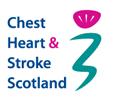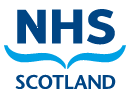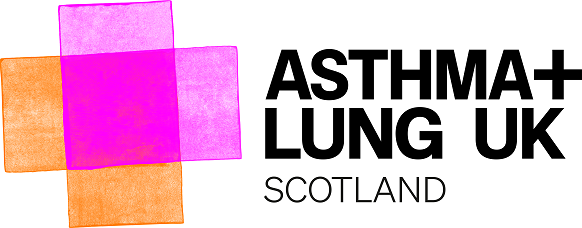
© Crown copyright 2009
In addition to your inhalers and medication, breathing techniques are recommended for people with asthma. For more information please see: SIGN guideline 158: British guideline on the management of asthma.
These breathing techniques should be taught by a respiratory physiotherapist or in some places a specialist respiratory nurse. You may need a series of appointments to learn these techniques and how to use them.
An assessment of your breathing will be done to check if you are using all of your lungs and your diaphragm, not just the upper airways.
Some people with asthma have what is known as dysfunctional breathing. You might also hear the terms hyperventilation or over breathing to describe this dysfunctional breathing. Your body is trying to breathe through narrowed airways and sometimes it adapts to these unhelpful breathing patterns over a period of time. If you breathe through your mouth, the air which gets to your lungs will be colder and drier which can trigger asthma symptoms. Feeling anxious can make dysfunctional breathing worse.
The aim of this treatment is to correct any breathing which is too fast or too shallow. It will also help you to relax the muscles involved in breathing.
There are many different breathing techniques which your respiratory physiotherapist can teach you. Some of these also include relaxation. For more information on chest clearance techniques, please see our section on COPD: How to clear your chest with breathing techniques.
Important
Do not stop your inhalers or asthma medication.
These breathing techniques do not affect your lung function but used alongside your asthma medication and chest clearance methods they can be effective in helping you to cope better by reducing symptoms and improving your quality of life.





